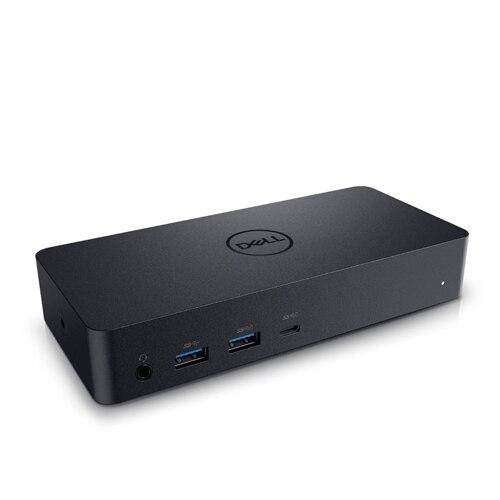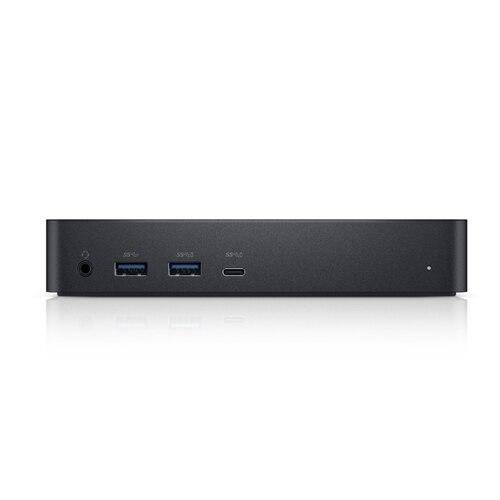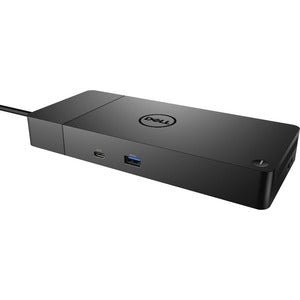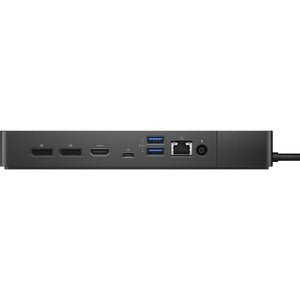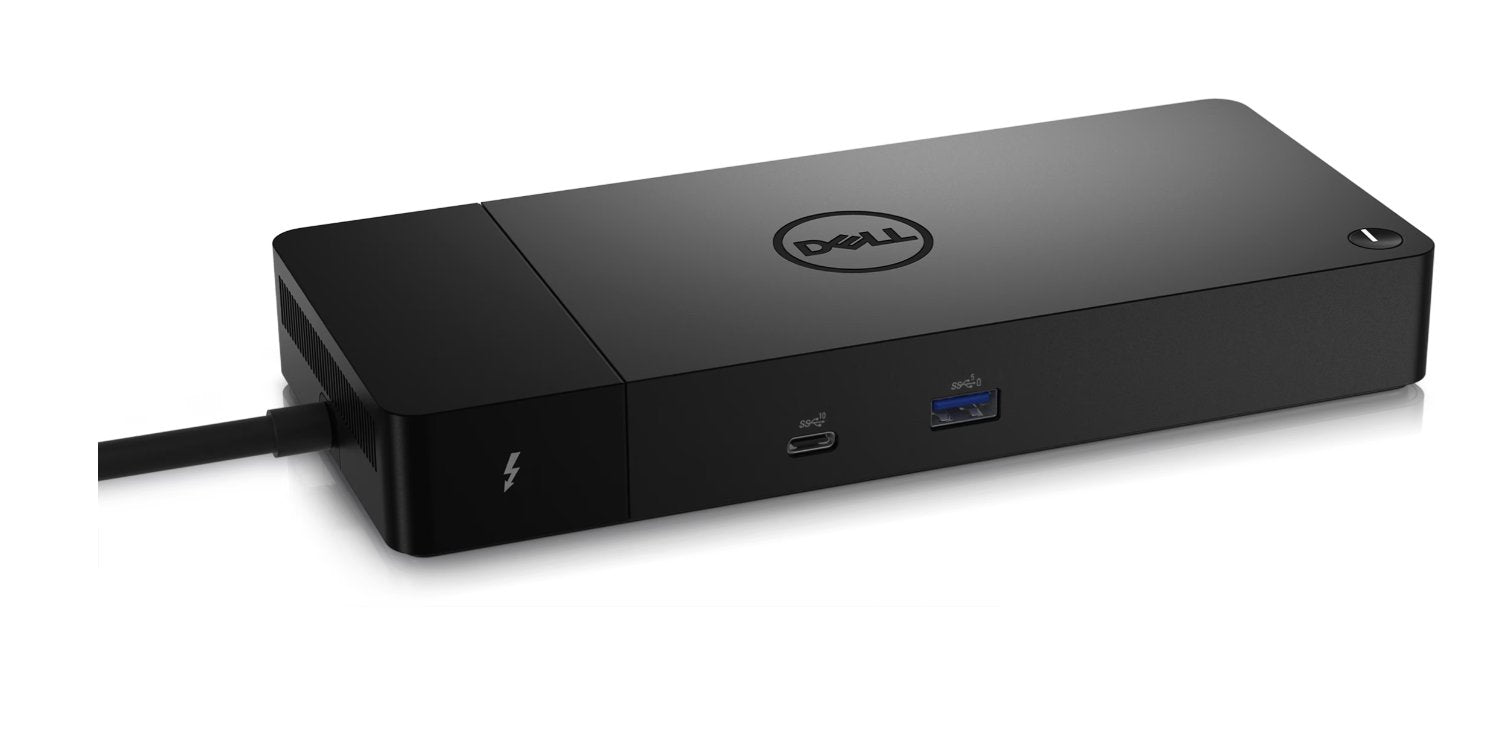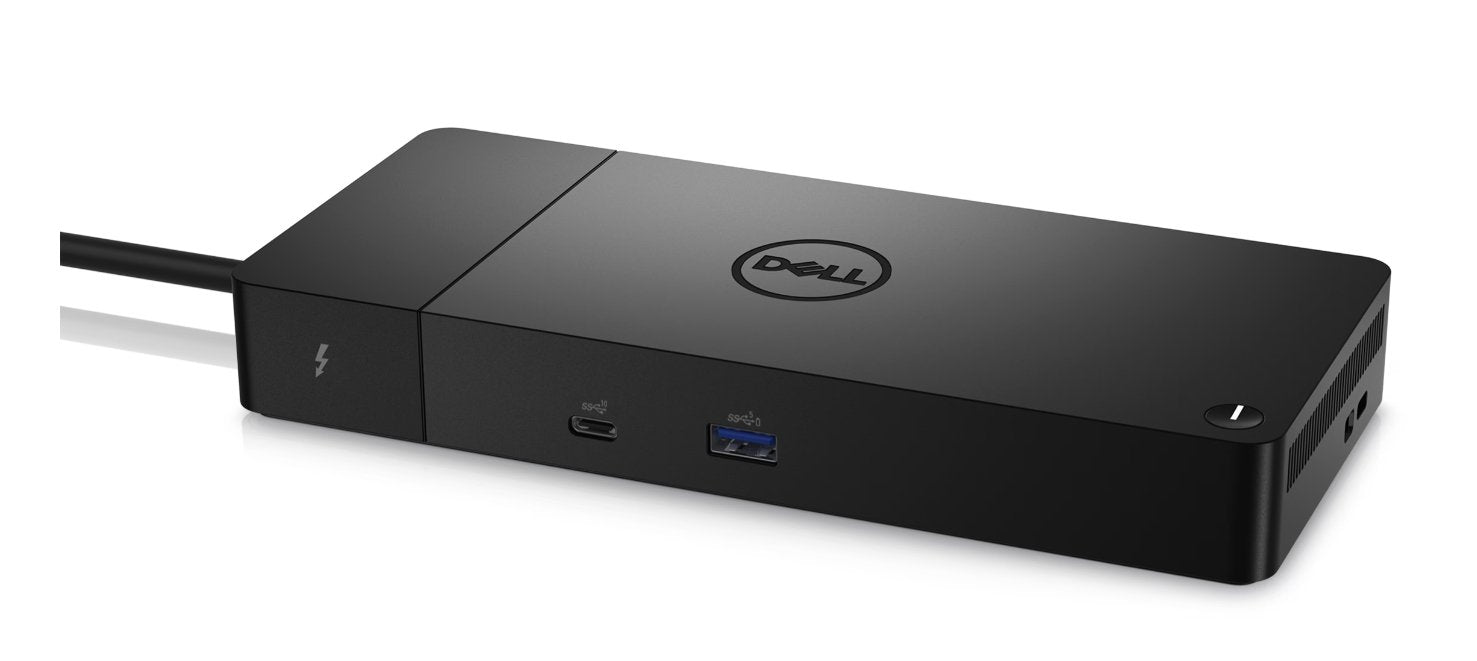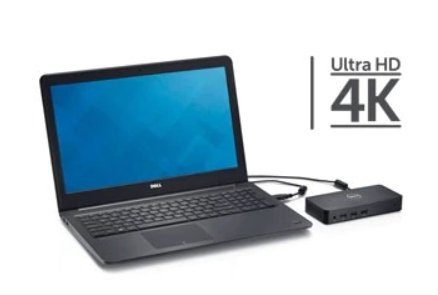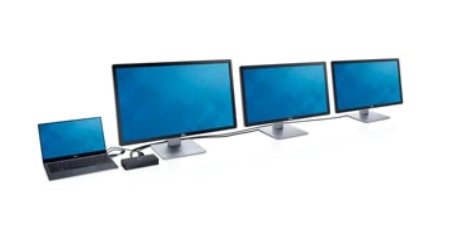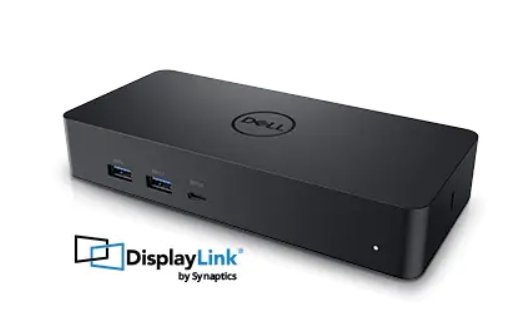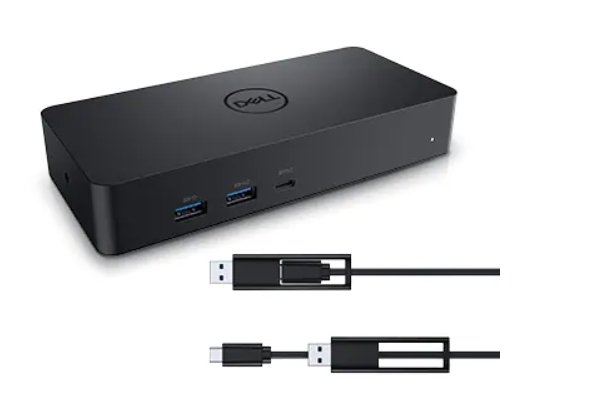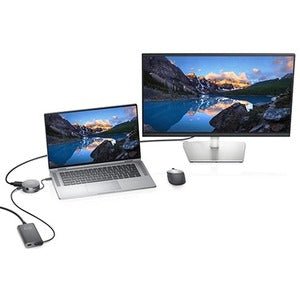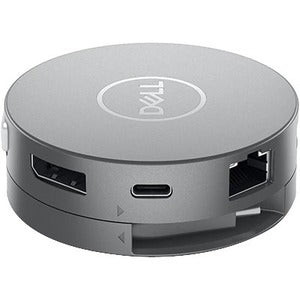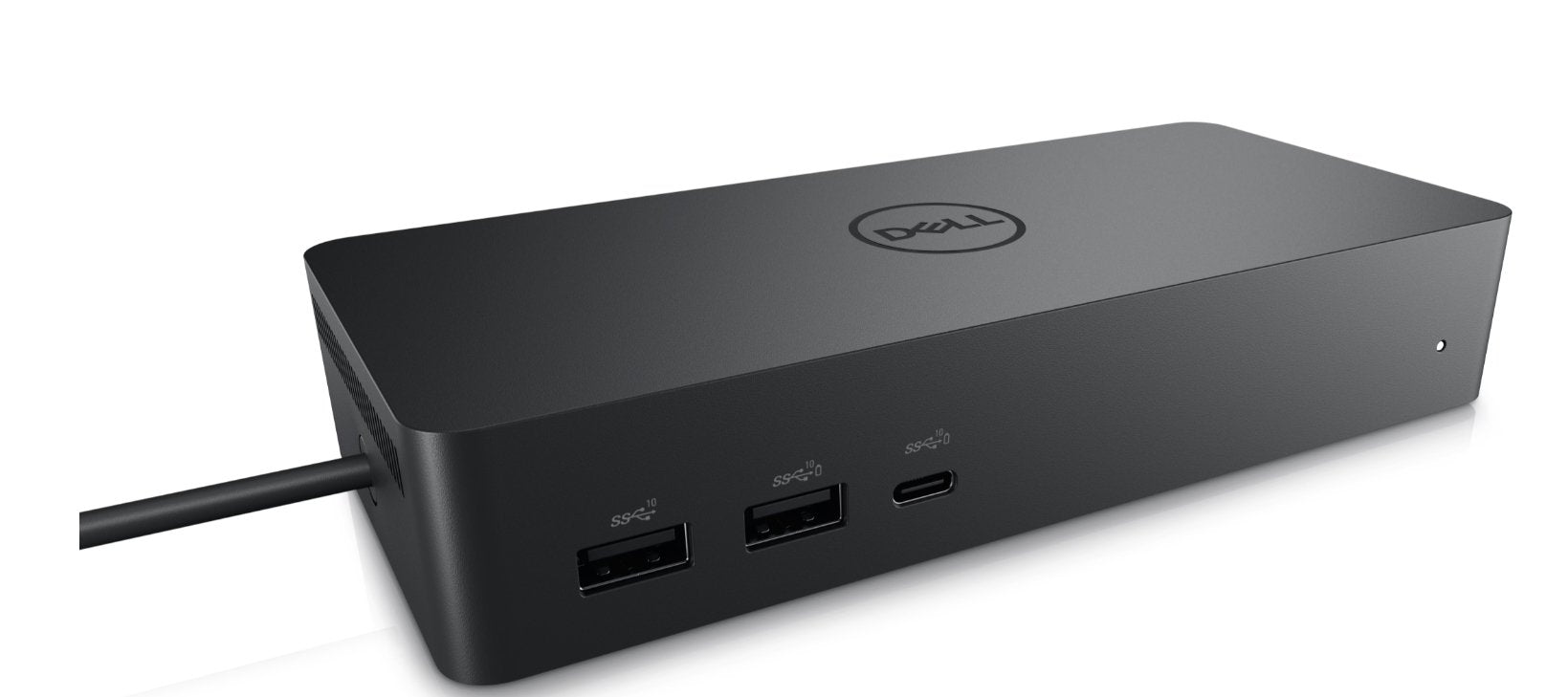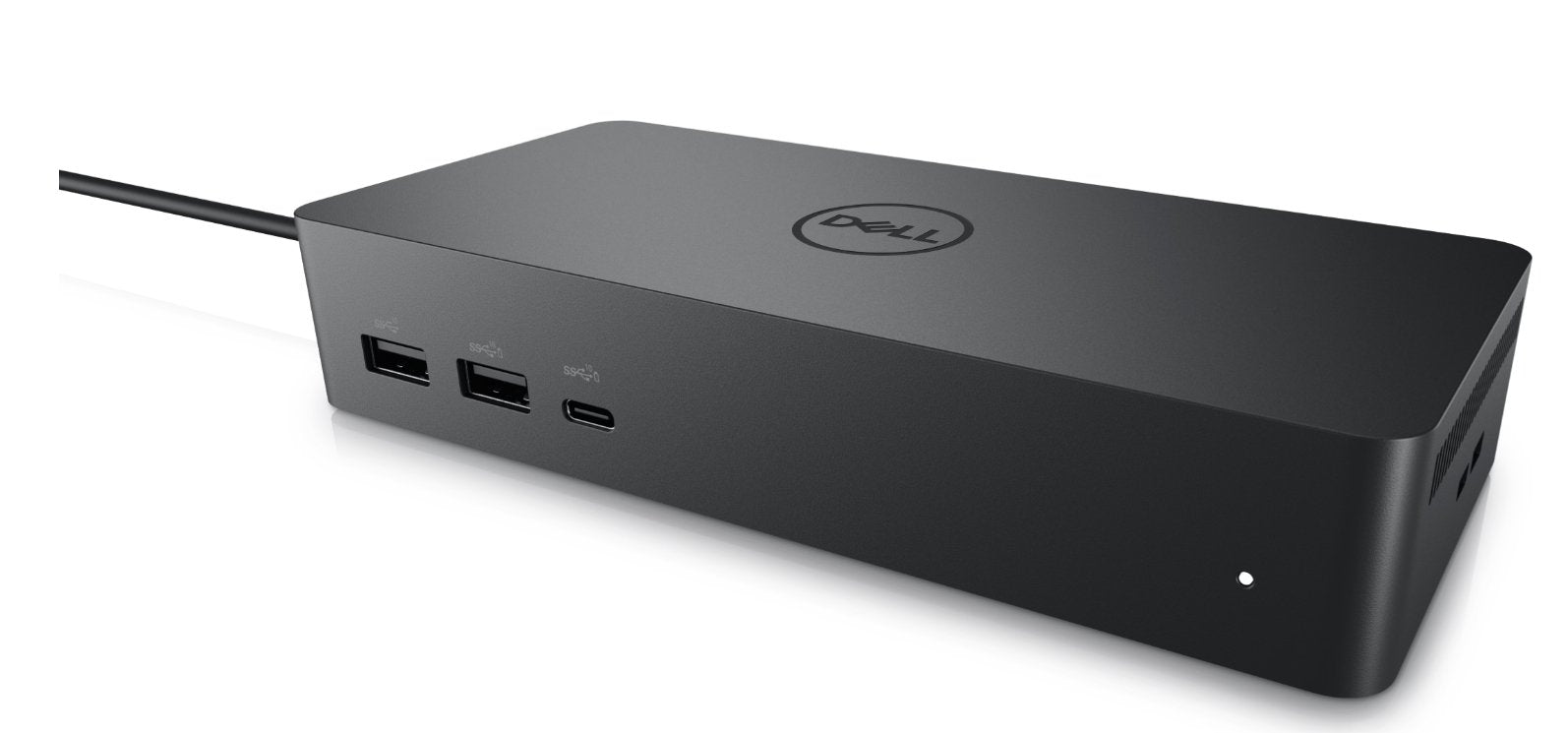Dell Docking Station
7 products
Showing 1 - 7 of 7 products
Dell Docking Station boost productivity for end users by making it easy to connect to and charge their PCs faster. Our docks are easy to deploy, manage and upgrade so IT Support Engineer can be more productive as well.
Here is an expanded and more in-depth rewrite of the article on docking stations with greater professionalism, authority, and relevance:
Docking Stations: Bridging the Gap Between Mobility and Performance
In today's fast-paced and dynamic computing landscape, where portability and connectivity are paramount, docking stations have emerged as an indispensable solution for professionals and power users alike. These ingenious devices seamlessly integrate mobile computing devices, such as laptops and smartphones, with a host of peripherals and external displays, effectively transforming them into robust and versatile workstations.
The Evolution of Docking Stations
The concept of docking stations has its roots in the early days of personal computing, when the need for expandability and connectivity became increasingly apparent. As technology advanced, docking stations evolved to keep pace with the ever-changing demands of modern computing environments, offering a diverse range of solutions tailored to specific use cases and industry requirements.
Types of Docking Stations
1. Expansion Docks
Expansion docks are designed to augment the capabilities of portable devices by providing hardware expansion options. These docks allow users to integrate external storage drives, dedicated graphics processing units (GPUs), and even liquid cooling radiators, effectively bridging the performance gap between mobile and desktop setups. By leveraging expansion docks, professionals and enthusiasts can unlock the true potential of their portable devices, enabling them to tackle resource-intensive tasks such as video editing, 3D rendering, and high-performance gaming.
2. Port Replicators and Hubs
Port replicators and hubs serve as convenient connectivity hubs, offering a streamlined approach to accessing and replicating the existing ports on a device. These docks typically feature a range of connectors, including USB ports, audio jacks, and display outputs, facilitating the connection of various peripherals and external displays. Often bus-powered and compact in design, port replicators provide a convenient way to expand the connectivity options of a device without the need for individual adapters or cables, enhancing productivity and minimizing desktop clutter.
3. Breakout Docks and Multi-Port Adapters
Building upon the concept of port replicators, breakout docks and multi-port adapters take connectivity options a step further by offering additional ports beyond those already present on the connected device. These docks leverage proprietary connectors or consolidated signal traces to expose a broader array of interfaces, including external buses and specialized ports. This approach enables devices with a limited number of physical ports to access the full range of features and connectivity options supported by their internal hardware.
4. OEM and Proprietary Docks
Designed specifically for certain laptop models or product lines, OEM (Original Equipment Manufacturer) and proprietary docks offer a tailored solution for seamless integration with the host device. These docks often incorporate proprietary connectors and may include features such as wired internet connectivity, multiple display outputs, and a variety of USB and audio ports. While offering a streamlined experience, OEM docks typically require upgrading alongside the connected device, ensuring compatibility and optimal performance.
5. Universal or Third-Party Docks
Offering a vendor-neutral alternative to OEM docks, universal or third-party docks provide a flexible and versatile solution for mixed device environments. These docks typically leverage industry-standard interfaces like USB-C or Thunderbolt, enabling connectivity with a wide range of devices from different manufacturers. Universal docks often incorporate a diverse array of converters, adapters, and interfaces, such as USB display adapters, external GPUs, audio chipsets, network interfaces, storage enclosures, and even PCI Express card slots. By consolidating these various connections through an internal USB hub or PCI Express bridge, universal docks enable host devices to access an expansive set of connectivity options beyond their native capabilities.
Emerging Trends and Innovations
As technology continues to evolve, new and innovative docking solutions are emerging to meet the ever-changing demands of modern computing environments. One such innovation is the concept of notebook/laptop shells, which resemble traditional laptops but lack essential components such as CPUs, GPUs, RAM, and storage. Instead, these shells are designed to accommodate a smartphone or similar mobile device, which acts as a replacement for these missing components, effectively transforming the shell into a functional laptop-like system.
Additionally, the rise of cutting-edge interfaces like Thunderbolt 4 and USB4 is revolutionizing the docking station landscape, offering unprecedented data transfer speeds, power delivery capabilities, and support for high-resolution displays and external GPUs. These advancements are paving the way for seamless and efficient connectivity solutions, enabling users to harness the full potential of their devices in both professional and personal settings.
Unleashing Productivity and Versatility
Docking stations play a crucial role in bridging the gap between the portability of mobile devices and the connectivity and performance demands of modern computing environments. By offering a streamlined and centralized approach to peripheral integration, docking stations empower users to seamlessly transition between mobile and desktop computing experiences, enhancing productivity and versatility.
Whether it's a professional seeking to optimize their workspace, a content creator requiring high-performance hardware, or an enthusiast looking to unlock the full potential of their gaming setup, docking stations provide a flexible and scalable solution that adapts to ever-changing needs and technological advancements.
As the demand for mobility and connectivity continues to grow, docking stations will undoubtedly remain at the forefront of computing innovation, enabling users to harness the power of their devices while maintaining the convenience and flexibility of portable computing.
